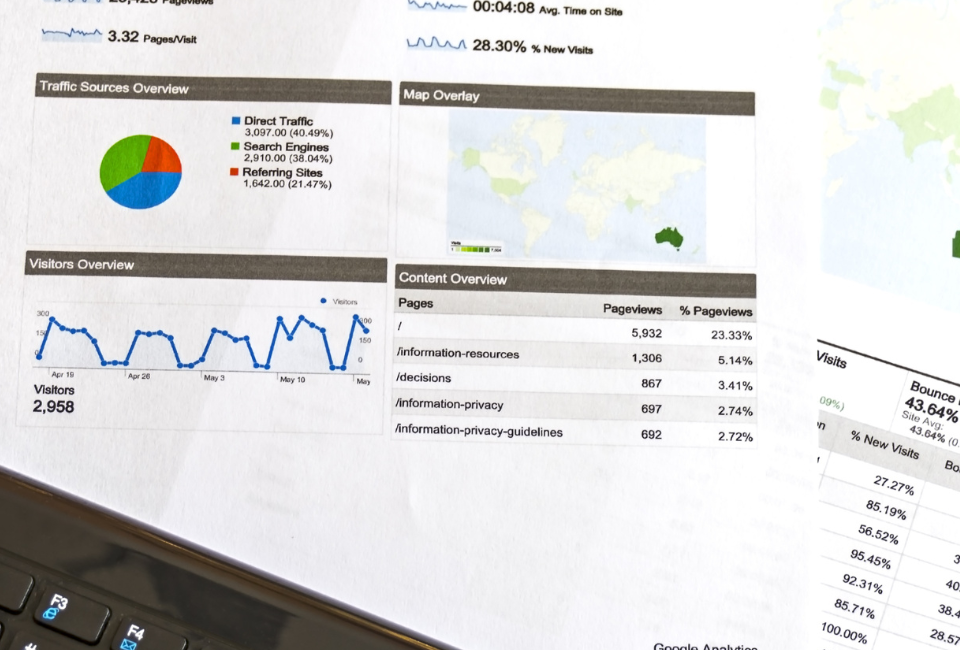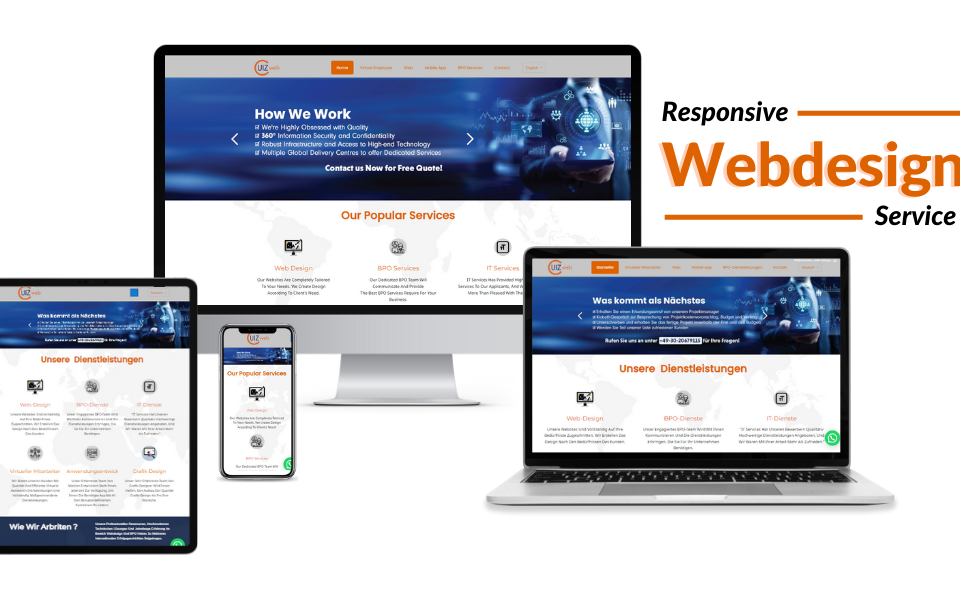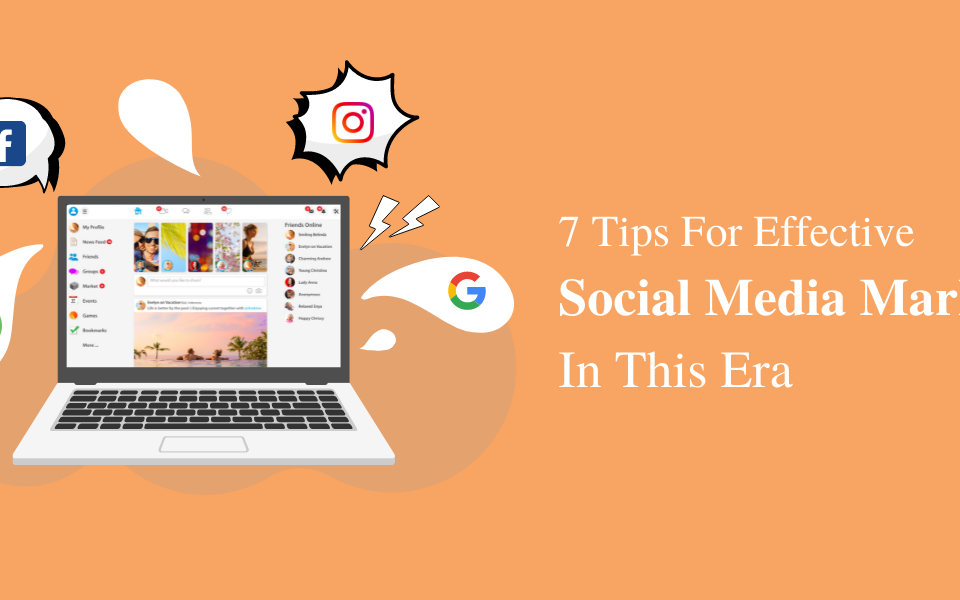Benefits Of Hiring a Flutter Developer
August 20, 2022Cross-Platform App Benefits for Business
August 20, 2022Top 5 Cross-Platform App Frameworks
A Cross-Platform App is a type of application that can be deployed on multiple platforms with just a single code base. Because of that, developers are more efficient because they do not have to spend more time and money on having specific knowledge of the language used in each operating system.
What is a Cross-Platform App Framework
A Cross-Platform App Framework is software that works as a tool used by app developers to build applications ready to be deployed on multiple platforms with one code built. Developers need to be provided with a good framework to achieve the best results. Nonetheless, it is not easy to define a concrete benchmark to define the best framework. That is why, in this article, we are going to mention and explain five of the Cross-Platform App Frameworks most used by developers. Moreover, we are going to see some comparisons between them and the advantages and disadvantages that we can find in each framework.
Top 5 Cross-Platform App Frameworks
1. Ionic 2. Flutter 3. Xamarin 4. React Native 5. NativeScript
Ionic
Ionic is one of the most Cross-Platform App Frameworks used by developers. The fact that it is free and an open source may help developers to be users of this software.
Another characteristic is that it is specially used to build Online Shopping and Food Chain Apps.
It was created in 2013, so we can say that it is not new in the market. It is well known because, through a lot of native components, Ionic provides platform-specific UI elements for the most known operating systems.
The pros of the use of Ionic are the same as for the use of a Cross-Platform App: we can reduce the cost and the time invested in the app creation, so it is easier to build and maintain an application from Ionic. In this case, we could highlight the fact that this software gives you the possibility to transform your app into a desktop application or PWA.
Flutter
The second Cross-Platform App Framework we are going to talk about is Flutter: an open-source tool for building natively compiled applications.
The first version of this framework was run on the Android System. This Google tool is characterized by being very easy and quick to use and makes the app's development very smooth for mobile, web, and desktop. In other words, you can develop your own app using this SDK.
One of the advantages of using Flutter is that it gives you the possibility to make code changes and observe them instantly in your application. All of this, without having to restart your app.
Xamarin
The third Cross-Platform App Framework is Xamarin. This is also free and open-source for building native mobile apps for multiple platforms.
It is thanks to the possibility of sharing about ninety per cent of the code across platforms. Moreover, the fact of developing mobile applications within the Microsoft ecosystem is what made Xamarin a popular cross-platform tool. It is used by businesses from all around the world and from all industries.
Another service provided by Xamarin is the Active Community, which is answering questions about the framework but also producing examples and writing tutorials.
React Native
React Native is the fourth Cross-Platform App Framework that we are going to see in this article. This open-source platform is used to build many different types of mobile applications for multiple operating systems.
This one was created by Facebook, Inc. and it allows your company to build mobile apps with smaller teams and a simplified UI. You can use React Native in your existing app or create a new one.
Moreover, you can also follow conferences from the React Native team and follow their latest news.
NativeScript
Finally, the last Cross-Platform App Framework is NativeScript. This is also a free and open-source framework used by developers to build Cross-Platform applications.
NativeScript was created and developed by Progress. Is characterized by the use of independent programming languages from the device and the operating system. Apps created with this framework are native apps and are made and deployed by using JavaScript or any language transpired to JavaScript.
Main differences between Cross-Platform App Frameworks
We would like to compare some of the frameworks to see which differences we can find between them.
Ionic-Flutter
With Ionic we can develop Cross-Platform Apps without needing a heavy learning curve to web technologies. On the other hand, to use Flutter we need developers trained in Dart.
Flutter-Xamarin
Flutter has an open-source code, which allows developers to have more control over the code. On the other hand, with Xamarin you do not have some native features.
Xamarin-React Native
These two frameworks are very similar. The main difference is that, with React Native, you can customize visual components easier.
React Native-NativeScript
With React Native you can emphasize more on styling the components for the platforms where the app is going to be used. The idea of NativeScript is more about: “write once, run everywhere”, the code-sharing percentages decrease.
Main advantages and disadvantages of each Cross-Platform App Framework
To get a more general idea of each of the frameworks, here we are going to see the main advantages and disadvantages of each of them.
| Advantages | Disadvantages | |
|---|---|---|
| Ionic | Quick development and time to market Available to transform into a desktop app or PWA | Native plugins are not stable Absence of hot reloading |
| Flutter | Relatively fast development Full customization | Is an immature framework Does not look and feel as a native solution |
| Xamarin | Native user experiences Simplified maintenance | Slightly delayed support High cost for professional and enterprise use |
| React Native | Time and cost efficiency Native look and feel | Is not fully Cross-Platform A native developer is required |
| Native Script | Access to native API using JavaScript Offer seamless user experience | Difficult to find examples as it is new Bigger app size |
We serve you all outsource cross-platform app development services. You can also read our article about Cross Platform App Benefits for Business or contact us for more information about outsourcing our services.




